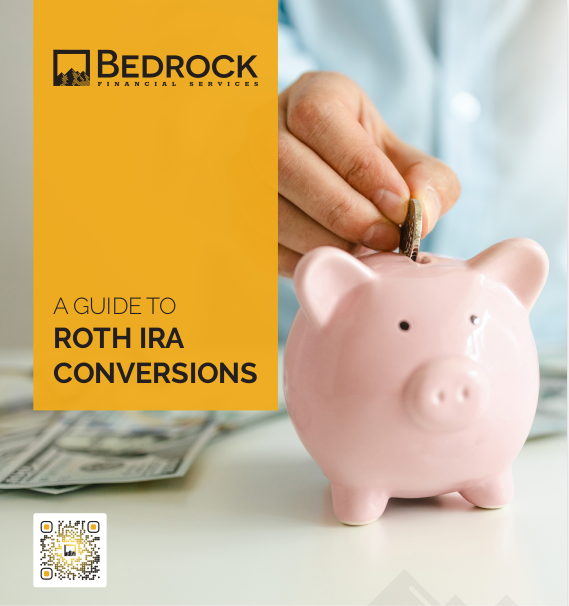Key Takeaways
-
Replacing generic praise with context-rich storytelling transforms the impact of your testimonials.
-
Testimonials that show transformation over time create stronger emotional and logical appeal.
The Testimonial Mistake You’re Probably Still Making
You likely already know the value of a testimonial. But most testimonials used by independent insurance agents fall flat for one specific reason: they sound like compliments, not proof.
Statements like “She was great!” or “Highly recommend!” may be well-meaning, but they don’t offer what your potential clients need to make a confident decision. At best, they’re skim-worthy. At worst, they come off as hollow.
To move beyond nice-sounding fluff, you need a testimonial structure that answers a potential client’s real question: “Will this actually work for someone like me?” That’s where a single, strategic swap changes everything.
The Swap: From Praise to Proof
The most powerful testimonials don’t just say you’re good—they show it. The shift is simple but powerful: replace vague compliments with clear stories of change.
Instead of:
“They helped me get set up.”
Use:
“Before I got help, I was totally overwhelmed trying to compare options. Within a few days, I had a clear choice and peace of mind.”
Why does this matter? Because that small story creates:
-
Context
-
Emotional connection
-
Social proof that feels real
The best part: you’re not inventing anything new. You’re just re-framing what your clients are already saying.
What You’re Really Selling (and How Testimonials Should Reflect It)
As an insurance agent, you’re not selling a policy—you’re selling clarity, confidence, and trust. Those are the outcomes people are actually buying. And that’s what your testimonials should highlight.
Generic testimonials tend to focus on surface-level actions:
-
“She called me back quickly.”
-
“He explained everything.”
But those aren’t outcomes. They’re steps. A testimonial focused on outcomes speaks to what changed as a result:
-
“Now I finally understand how this plan works.”
-
“I stopped worrying about gaps in my coverage.”
This kind of feedback positions you as someone who delivers real transformation, not just a transaction.
The 3-Stage Format That Works Every Time
If you’re unsure how to help clients shape stronger testimonials, use this simple structure:
1. Before
What were they struggling with?
“I was completely confused by the differences in Medicare options.”
2. During
What was their experience working with you?
“You broke everything down in a way I could finally understand. You were patient with all my questions.”
3. After
What changed for them?
“Now I feel confident that I made the right choice for my health needs and budget.”
Each part serves a purpose. It starts with a relatable problem, moves through the process of working with you, and ends with a result others want.
This format not only helps your clients tell better stories—it lets prospective clients picture themselves in those same shoes.
How to Get Testimonials That Actually Use This Swap
Even if you know what makes a testimonial strong, getting those words from your clients is a different challenge. Here’s how to prompt responses that follow the transformation model.
Ask the Right Questions
Instead of “Can you leave a testimonial?” try:
-
What was going on before you reached out to me?
-
What surprised you during our work together?
-
What’s the biggest change you’ve seen since enrolling?
These questions pull out meaningful before/during/after stories without forcing the client to come up with something on their own.
Offer a Simple Form
Create a form that gently guides clients through the testimonial process. Ask one question per step:
-
What were you feeling before we started?
-
What did I help you do?
-
What’s life like now?
It feels less like “writing a testimonial” and more like answering a few friendly questions.
Follow Up at the Right Time
The sweet spot to ask is about 1–2 weeks after your client’s application or enrollment is complete—soon enough that their experience is fresh, but far enough that they’ve seen some results.
For long-term clients, the trigger might be a review meeting or an annual check-in. These are great times to collect updated feedback.
Why This Works Better in 2025 Than It Did Years Ago
In the current landscape, attention spans are shorter and skepticism is higher. Consumers are savvier. They’re researching you before you ever speak to them. By the time they land on your website or profile, they want proof—not promises.
Back in 2022 or 2023, it was easier to rely on generic compliments. But in 2025, trust is earned through transparency, transformation, and detail.
Platforms like Google, Facebook, and client-focused directories favor reviews that:
-
Share specific experiences
-
Include timelines and results
-
Feel authentic, not scripted
This simple testimonial swap aligns perfectly with what both algorithms and actual humans want today.
Don’t Let “Short” Mean “Shallow”
Some agents avoid asking for in-depth testimonials because they worry about burdening the client. But the goal isn’t to get a long testimonial—it’s to get a meaningful one.
Even three sentences can tell a powerful story:
“I didn’t know who to trust. After working with you, I finally felt in control of my insurance choices. I tell everyone about your service now.”
That’s all it takes.
So don’t equate short with shallow. Just make sure what’s short is also specific.
What to Avoid: Red Flags That Ruin Credibility
Even with the right structure, some testimonials can backfire if they feel exaggerated or off-tone. Be on the lookout for these warning signs:
-
Too much hype: Overly promotional language (“Best agent ever!!”) feels fake.
-
No context: A line like “Saved me so much money!” begs the question—how? When? Compared to what?
-
Too vague: “Awesome experience” means very little without backup.
You’re aiming for authentic, not polished. Real voices win in 2025.
Make Testimonials Work Harder Across Your Marketing
Once you have testimonials that show transformation, you can use them far more effectively. Here’s how:
-
On your website: Feature a few near your contact form and quote request page.
-
In your emails: Add a one-liner under your signature or in a client onboarding series.
-
On social media: Turn strong quotes into visuals and captions that link to your services.
-
In client folders or review meetings: Include one on the back of your summary sheets.
Strong testimonials don’t just build credibility. They reduce sales resistance. They make it easier for a prospect to say, “That sounds like me.”
Start Small, Scale Fast
You don’t need dozens of testimonials to get started. A few strong, transformation-based reviews are more powerful than ten vague ones. Focus on:
-
One testimonial per core service or audience segment
-
Refreshing older testimonials with added context
-
Keeping a folder of standout phrases you can reuse
Build over time, and in a few months, you’ll have a library of proof that speaks louder than any pitch.
Make Your Testimonials Work for You in 2025
Your best marketing tool is already in your hands—your past clients’ words. But to truly influence potential buyers, those words need structure, clarity, and meaning.
This year, upgrade your testimonials from surface-level praise to full-circle transformation stories. It doesn’t take a complete overhaul—just a simple swap in how you collect and frame feedback.
If you want help building smarter systems that capture powerful testimonials and elevate your credibility across every channel, we’re here for that. At Bedrock Financial Services, we help independent insurance agents like you grow faster with better automation, stronger messaging, and support that’s built for your industry.
Sign up with Bedrock Financial Services today and see how we can help your testimonials—and your business—work harder.







